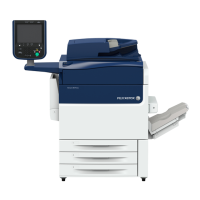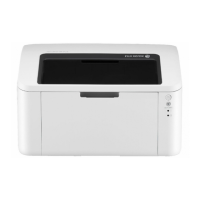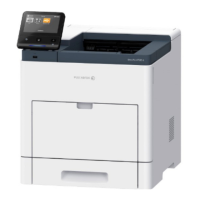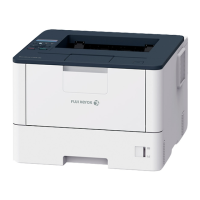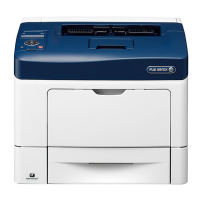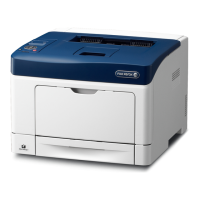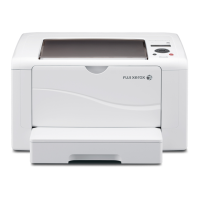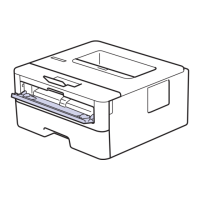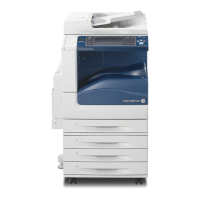3-4 Phaser 5500 Printer Service Manual
Power On Self Test (POST)
POST diagnostics provide a quick means of isolating a defective subsystem
associated with the Image Processor Board and SDRAM. There are two kinds of
POST faults: soft and hard. A soft fault is any fault that allows the operating system to
initialize. Soft faults do not stop printer operation and are reported on the Startup Page
after the system is running. A hard fault prevents the operating system from
initializing stopping further printer operation. Hard faults are indicated with blinking
LEDs and the failed test appearing on the display.
The following tests execute when the printer is powered on after the Boot Loader
runs, and before the operating system is loaded and initialized. Bypass POST by
pressing the OK button at power on until the splash screen appears.
POST Test Descriptions
Test
Fault
Code
Fault
Type
Description
SDRAM 1 Hard This test fails if the Boot Loader finds faulty or no RAM.
I/O ASIC 3 Hard This test determines if the I/O chip is functioning properly.
Memory 4 Hard This test checks 64-bit reads and writes to RAM memory.
EEPROM 10 Hard This test checks addressing of the NVRAM.
Ethernet 11 Hard This test checks the Ethernet core.
CPU
Interrupts
12 Hard This test checks that each CPU interrupt source is
functioning.
USB 13 Hard This test checks that the USB core is functioning properly.
RTC (3 tests) 14 Soft These tests check the functionally of the Real Time Clock for
a number of conditions.
RAM DIMM
Presence
15 Soft This test examines bad or incompatible RAM DIMMs.
Install more
RAM
16 Soft Checks that there is at least 64 MB of memory installed and
ignores more than 512 MB.
Too much
RAM
17 Soft Checks that there is no more than 512 MB of memory
installed.
IDE Disk 20 Soft Checks the disk controller core, and runs a DIAGNOSE
command on the hard drive.
Engine
Command
22 Hard Checks communication between the Image Processor Board
and the Engine Logic Board.
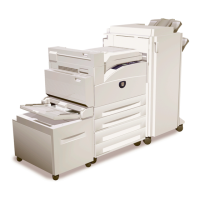
